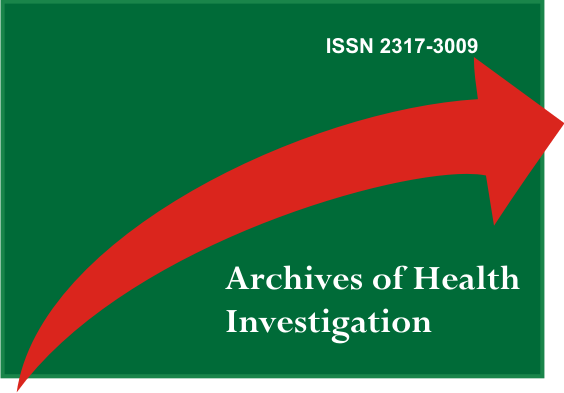Zoo6 - Bisphosphonate and alveolar regeneration in ovariectomized rats: histology and immunohistochemistry analysis
Resumo
The decrease of estrogen in post-menopausal women is one of the factors that favors osteoporosis. Clinical studies have shown the efficacy and safety of bisphosphonates on the improvement of bone density and reduction in risk of pathological fractures in patients with osteoporosis and postmenopausal women. However, side effects of this therapy, such as osteonecrosis of the jaw cause important concern. The aim of this study was to evaluate the role of zoledronic acid in the process of alveolar regeneration and its modulation by estrogen. Wistar rats (6 months) were randomly divided into four groups: sham or ovariectomized (OVX) that received saline solution (0.15 M) or zoledronic acid (0.04 mg,) administered intravenously once a week for 28 days. Extraction of the mandibular first molar was performed in the third week of therapy. After seven weeks of treatment, the animals were sacrificed and the jaws collected for histological and immunohistochemical analysis. There was less bone formation in rats treated with zoledronic acid, and necrotic areas in OVX rats. Immunohistochemical analysis showed that OVX rats receiving bisphosphonate showed decreased expression of OPG and RANKL and TRAP increase, when compared with saline. The results suggest that the association of the hypoestrogenism and zoledronic acid use enhance the delay in alveolar bone remodeling and favors the occurrence of necrotic areas.Financial support: FAPESP
mmwayama@hotmail.com
Downloads
Não há dados estatísticos.
Downloads
Publicado
2013-12-18
Como Citar
Wayama, M., Ervolino, E., & Dornelles, R. (2013). Zoo6 - Bisphosphonate and alveolar regeneration in ovariectomized rats: histology and immunohistochemistry analysis. ARCHIVES OF HEALTH INVESTIGATION, 2. Recuperado de https://archhealthinvestigation.com.br/ArcHI/article/view/320


